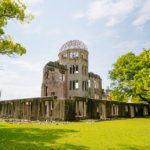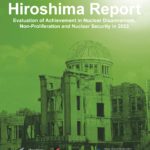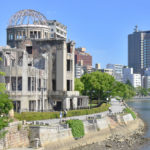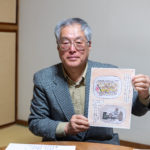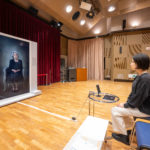timelineTimeline (Toward the international peaceful society free of nuclear weapons)
Timeline
The US conducted the first detonation of a nuclear weapon
The atomic bomb was dropped on Hiroshima
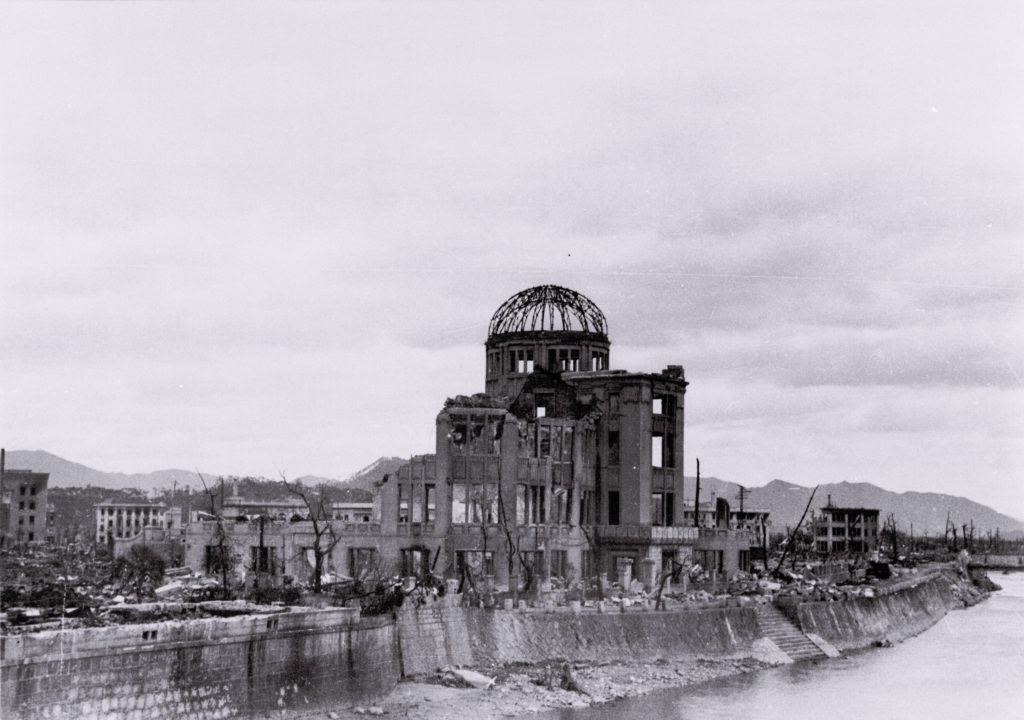
The Industrial Promotion Hall after the bomb was dropped (today’s Atomic Bomb Dome) Photo by Toshio Kawamoto/ Courtesy of Yoshio Kawamoto
The first nuclear weapon used in human history, nicknamed “Little Boy” was dropped from the Enola Gay.
An atomic bomb was dropped on Nagasaki
The Soviet Union conducted the first nuclear test
On August 29, 1949, the Soviet Union conducted the test at the Semipalatinsk test site (Kazakhstan). After its independence from the Soviet Union, Kazakhstan closed the site on August 29, 1991. August 29 is the International Day against Nuclear Test of the United Nations
The UK conducted the first nuclear test
International Atomic Energy Agency (IAEA) was created
IAEA was established to promote safe, secure and peaceful nuclear technologies and prevent diversion of nuclear energy to any military purpose.
France conducted the first nuclear test
China conducted the first nuclear test
The Nuclear Non-Proliferation Treaty (NPT) opened for signature
During the cold war, the negotiation toward the abolition of nuclear weapons was stagnated. Moreover, the number of countries which sought to acquire nuclear weapons or had potential to produce nuclear weapons increased. Thus, it is believed that the prevention of spreading nuclear weapons leads to abolish nuclear weapons. NPT opened for signature in 1968 and entered into force in 1970. The three pillars of NPT are nuclear non-proliferation, nuclear disarmament and peaceful use of nuclear power.
India conducted the first nuclear test
Comprehensive Nuclear-Test-Ban Treaty (CTBT) was adopted
CTBT prohibits “any nuclear weapon test explosion or any other nuclear explosion” anywhere in the world including the atmosphere, underwater and space. As of December 2019, 168 of the 184 signatories have deposited their instruments of ratification of the CTBT. Among the 44 states listed in Annex2 of the CTBT, whose ratification is a prerequisite for the treaty’s entry into force, five states (China, Egypt, Iran, Israel and the US) have signed but not ratified, and three (India, North Korea and Pakistan) have not even signed. Thus, the treaty has not yet entered into force.
Pakistan conducted the first nuclear test
North Korea conducted the first nuclear test
New Strategic Arms Reduction Treaty (New START) was entered into force
New START is a bilateral agreement between the US and Russia. Under the treaty, both parties must meet the Treaty’s central limits on strategic arms by 2018. On February, 2021, US and Russia has extended the treaty till 2026.
The US President Obama visited Hiroshima (He is the first sitting US President to visit Hiroshima)
The Treaty on Prohibition of Nuclear Weapons (TPNW) was adopted
Each state party undertakes never under any circumstances to: (a) develop, test, produce, manufacture, acquire, possess or stockpile nuclear weapons and other nuclear explosive devices (hereinafter nuclear weapons); (b) transfer them; (c) receive them; (d) use or threaten to use them ; (e) assist, encourage or induce anyone to engage in any of the activities prohibited to a state party under the treaty, (f) seek or receive any assistance from anyone to engage in any such activity; and (g) allow any stationing, installation or deployment of any nuclear weapons in its territory or at any place under its jurisdiction or control.
The Intermediate-Range Nuclear Forces Treaty (INF Treaty) was expired
The INF treaty was the first agreement in the field of nuclear disarmament to eliminate a certain category of nuclear weapons and led to end the cold war. The expiration of the treaty without alternative measures will threaten the beginning of a new arms race and increasing risk of using nuclear weapons.
Pope Francis visited Hiroshima
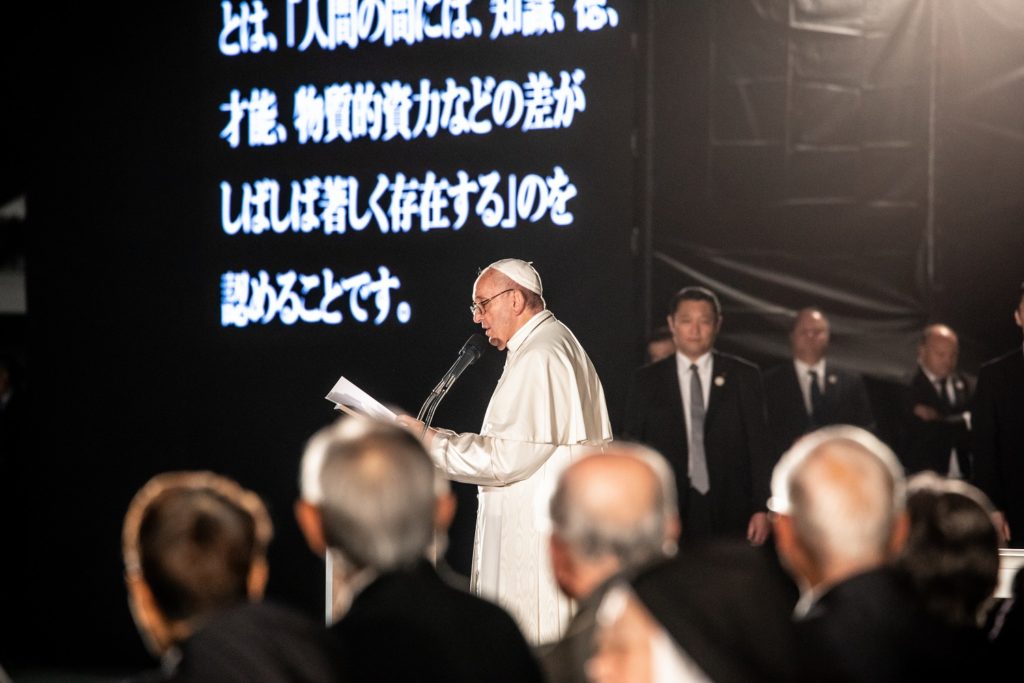
On Novermber 24, Pope Francis visited Hiroshima. Meeting for peace was held at the Peace Memorial Park. Pope disseminated peace message.
75th anniversary of the atomic bombing
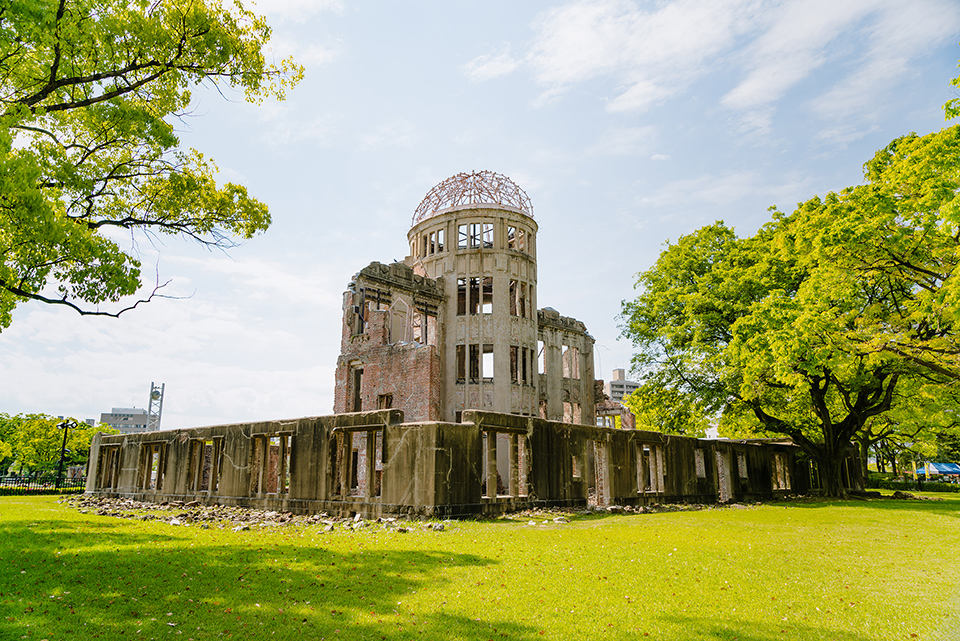
75th anniversary of the atomic bombing of Hiroshima
Let’s start with what we can do.
Fifty States Ratify the TPNW
The number of state parties of TPNW reaches 50.
TPNW entred into force
The Treaty On Prohibition Of Nuclear Weapons entered into force.
Information related to this page
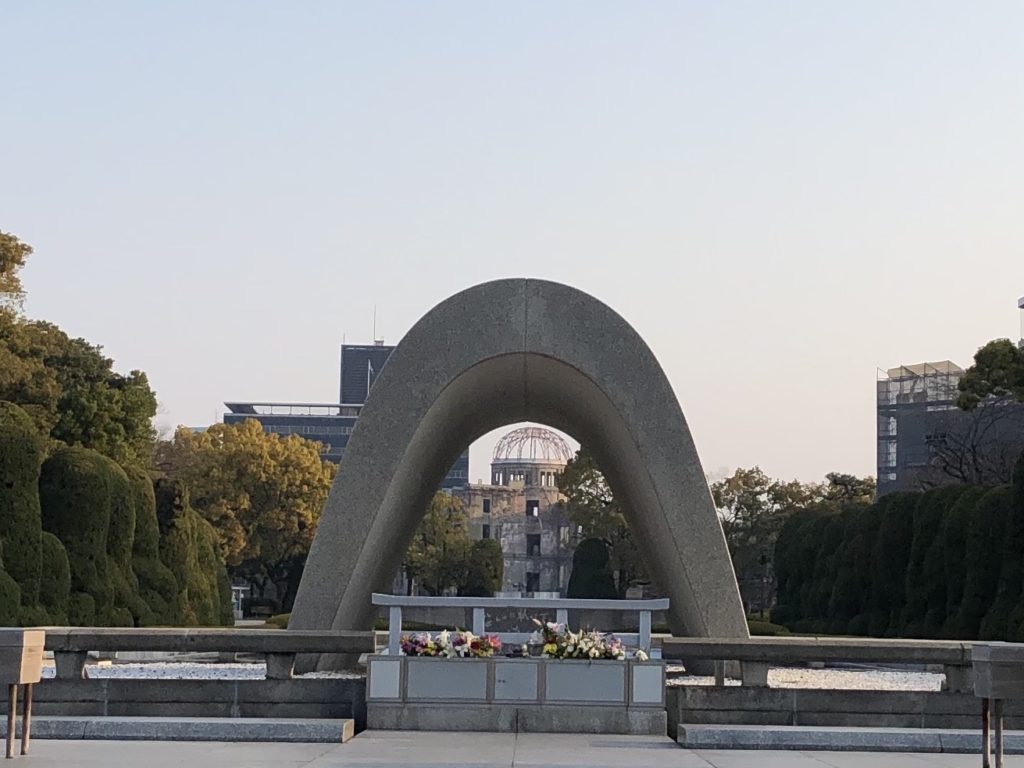
Tags associated with this article



